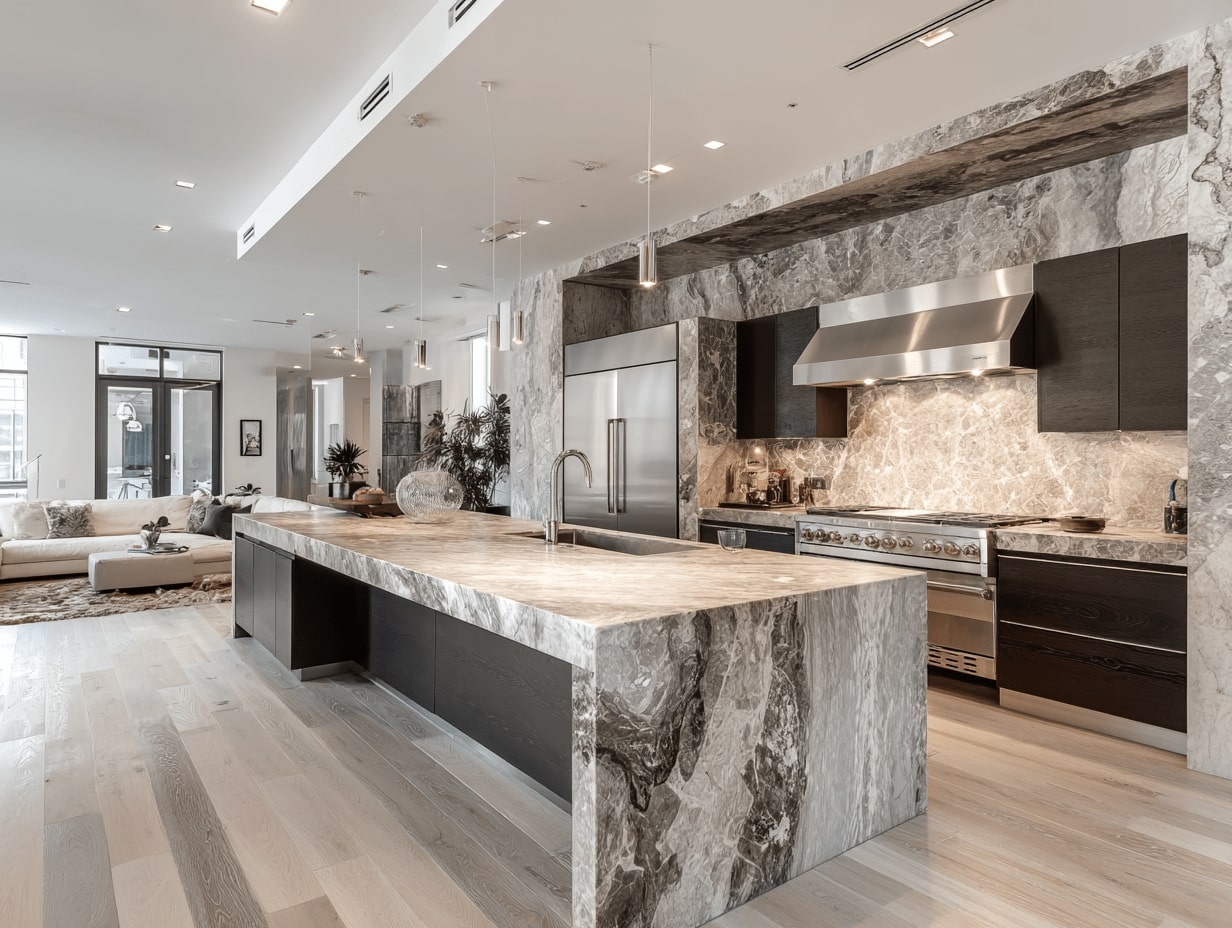- Home
- Articles
- Architectural Portfolio
- Architectral Presentation
- Inspirational Stories
- Architecture News
- Visualization
- BIM Industry
- Facade Design
- Parametric Design
- Career
- Landscape Architecture
- Construction
- Artificial Intelligence
- Sketching
- Design Softwares
- Diagrams
- Writing
- Architectural Tips
- Sustainability
- Courses
- Concept
- Technology
- History & Heritage
- Future of Architecture
- Guides & How-To
- Art & Culture
- Projects
- Interior Design
- Competitions
- Jobs
- Store
- Tools
- More
- Home
- Articles
- Architectural Portfolio
- Architectral Presentation
- Inspirational Stories
- Architecture News
- Visualization
- BIM Industry
- Facade Design
- Parametric Design
- Career
- Landscape Architecture
- Construction
- Artificial Intelligence
- Sketching
- Design Softwares
- Diagrams
- Writing
- Architectural Tips
- Sustainability
- Courses
- Concept
- Technology
- History & Heritage
- Future of Architecture
- Guides & How-To
- Art & Culture
- Projects
- Interior Design
- Competitions
- Jobs
- Store
- Tools
- More
Revamping Home Decor: Stylish and Sustainable Interior Design Tips
Discover the difference between green and sustainable interior design, and explore ways to blend style with sustainability. This article delves into crucial design principles, offering practical tips such as upcycling furniture and integrating houseplants for air purification. Learn how to create stylish, functional living spaces that prioritize environmental consciousness.

In the bustling world of design, two terms often get tossed around interchangeably: green interior design and sustainable interior design. But they’re not the same. Green design is about the now, focusing on immediate measures like recycling and energy alternatives, while sustainable design is a forward-thinking approach. It’s about optimizing each step of the design process to lessen environmental impact, creating spaces that are not just visually appealing but also kind to our planet.
Sustainable interior design is more than a trend; it’s a statement of our values and commitment to a greener future. It bridges the gap between stunning aesthetics and environmental responsibility, offering benefits like improved health and wellbeing, and significant cost savings. In this article, we’ll delve into the world of sustainable interior design and share some easy tips to help you get started on your own eco-friendly home journey.

Table of Contents
ToggleThe Principles of Sustainable Design in Interiors
Sustainable interior design is underpinned by a set of principles that guide designers on their journey to creating spaces that benefit both the environment and the people living within. Let us delve into these principles:
- Efficient Use of Space: This involves maximizing the use of available space while minimizing the potential wastage. For instance, using multi-functional furniture or having designs that utilize natural light can optimize space and reduce the need for excess materials and energy.
- Low Environmental Impact: Sustainable designing puts great emphasis on minimising the negative impacts on the environment. This can be achieved by working with materials that are locally sourced, reducing transportation emissions, or using products that have less manufacturing footprint.
- Waste Reduction: A cardinal principle of sustainable design is to lessen waste throughout the lifecycle of the design. Reusable or modular components, as well as digital design tools, can help reduce both physical and electronic waste generated in the design process.
- Longevity: Creating designs that stand the test of time is at the heart of sustainability. This can mean opting for quality materials that can withstand wear and tear and keeping designs simple yet classic to avoid being outdated with fleeting trends.
- Healthy Environment: A sustainable design takes into consideration the health and comfort of the occupants. Hence, it targets for air quality, utilizes natural light, and prioritizes non-toxic, allergy-free materials.
Applying these principles in our design process creates living spaces that are not just aesthetically pleasing, but also eco-conscious. Furthermore, integrating these principles enriches our understanding of sustainability, setting the stage for future developments in the field of interior design. Remember, each small step towards sustainability creates a ripple effect, leading us towards a healthier and more sustainable future.

Material Selection for Sustainable Interior Design
Expanding on the principles of sustainable interior design, we dive into the specifics of material selection. It’s a crucial aspect in sustainable design as the materials we use significantly influence the environmental impact of our designs.
Utilizing Eco-friendly and Reclaimed Materials
Incorporating eco-friendly and reclaimed materials is a fantastic way to promote sustainability in interior design. Materials like bamboo, cork, and rattan are excellent choices as they’re not only trendy but also derived from rapidly renewable resources. They have a significantly lower carbon footprint compared to traditional materials, making them a green choice.
Furthermore, reclaimed materials bring a unique charm to your space. Be it salvaged wood, recycled metal, or repurposed glass, these materials add a touch of history while minimizing waste and deforestation. Not to forget, they also work as brilliant sound insulators, with properties such as noise absorption and air purification.
Sourcing Locally for Sustainable Impact
Sourcing materials locally is another effective strategy for sustainable interior design. It helps reduce the carbon footprint associated with transportation and supports local economies. Local sourcing also allows designers to tap into regional styles and materials, fostering a sense of place and making the design more personal and relevant to the inhabitants.
Not only will local materials add a unique touch to your interior design, but they also encourage responsible sourcing practices, further bolstering sustainability. As we progress, remember that each design choice we make leaves an environmental impact, thus we must make responsible decisions that align with sustainable practices.

Energy Efficiency in Sustainable Interior Design
As we dive deeper into sustainable interior design, we can’t overlook the role of energy efficiency in this domain. Improving energy efficiency in interior design not only lowers the residential carbon footprint but also results in significant cost savings over time. Let’s take a closer look at some key areas where energy efficiency meets sustainable design.
The Role of Energy-Efficient Lighting
Lighting can account for a significant portion of a home’s energy use. When aiming for sustainability, it’s crucial to choose energy-efficient lighting options. For instance, while traditional incandescent bulbs consume 60 watts of power and last 1,000 hours, LED lighting stands as the most energy-efficient option, consuming just 8 watts and lasting up to 25,000 hours. By choosing LED lighting, we not only minimize energy consumption but also reduce waste, as these bulbs need to be replaced less frequently. In essence, energy-efficient lighting is an invaluable component of sustainable interior design, helping us create beautiful and sustainable living spaces.
Importance of Appliances in Energy Conservation
It’s no secret that appliances represent a substantial chunk of a home’s energy use. Opting for energy-efficient appliances such as Energy Star-rated refrigerators, dishwashers, and washing machines can considerably reduce energy consumption. These appliances are designed to use minimal energy while offering maximum performance, proving that you can enjoy modern conveniences and embrace sustainable living simultaneously. Remember, every watt saved contributes to a healthier planet and a more sustainable future.

Enhancing Energy Efficiency with Proper Ventilation
Proper ventilation is a vital yet often overlooked aspect of energy-efficient interior design. A well-ventilated space maintains a fresh and comfortable atmosphere by efficiently controlling temperature and air quality. For instance, installing high-quality, insulated windows and smart window coverings can keep both cold air and the sun’s heat outside, providing excellent thermal control. Throw in well-placed fans or energy-efficient HVAC systems, and you are optimizing natural ventilation while significantly lowering energy usage. Ultimately, careful consideration of ventilation in your design plans enables energy efficiency, promotes a healthier living environment, and underpins your commitment to sustainable interior design.
Designing for Health: Non-toxic Choices in Sustainable Interiors
Truly sustainable interior design ensures that both the planet’s health and our own personal health are taken into account. In this section, we’ll introduce you to some non-toxic choices for sustainable interiors that consider your well-being as much as they do the environment’s.
Navigating the Impact of VOCs
Volatile Organic Compounds, commonly referred to as VOCs, are often found in traditional paints, adhesives, upholstery, and even carpeting. These compounds, unfortunately, can cause a variety of health issues, including headaches and dizziness, or worse, damage to liver, kidney, and central nervous system.
When designing your eco-friendly interior, consider investing in low-VOC or VOC-free products. Many companies now offer paints, furniture, and carpets with minimal VOC levels, thus reducing your overall exposure to these harmful compounds. Remember, sustainable design isn’t just about protecting the environment, it’s also about safeguarding your health.

Prioritizing Natural, Organic and Renewable Materials
In the pursuit of sustainable interiors, natural, organic, and renewable materials should be your go-to choices. Opt for materials like bamboo, cork, or recycled metal and glass, which have a minimal impact on the environment during their production process.
When it comes to textiles, consider options like organic cotton, hemp, or renewable fibers like bamboo or jute. These materials are not only eco-friendly but also have less negative impact on our health, compared to synthetics that can often contain toxins or allergens.
Again, be wary of greenwashing – just because a product is labeled as ‘natural’ doesn’t necessarily make it sustainable or healthy. Do your research, ask questions, and always opt for genuinely sustainable and non-toxic options whenever possible.
By integrating these non-toxic choices in your interiors, you will not only contribute towards sustainability but also ensure a healthier and safer living environment.
Style and Sustainability: Practical Tips
As we continue to delve into sustainable interior design, let’s now explore some hands-on, practical techniques for integrating style and sustainability into your living spaces. Here, we offer creative insights into how you can turn your home into a sustainable haven without sacrificing the style you adore.

The Art of Upcycling: Breathing Life into Old Furniture
One way to create a sustainable interior is through the art of upcycling. This involves transforming old furniture or other items that you might ordinarily discard into something usable and visually appealing. For example, an old ladder might become a rustic towel rack, or an unused barrel could turn into a stylish side table. By upcycling, you’re not only reducing waste but also crafting unique, personalized additions to your decor.
Embracing Minimalist Design for Sustainable Interiors
Minimalist design goes hand in hand with sustainability. By opting for fewer, high-quality pieces, you can reduce the amount of waste generated from frequently replacing lesser-quality items. This approach can help you save energy and reduce your home’s overall environmental impact. Moreover, a minimalist design emphasizes open spaces, natural light, and simple decor, helping to create a calming, clutter-free environment.
Bringing Nature Indoors: Decorating with Houseplants
Plants are an integral part of any sustainable interior design scheme. Not only do they add a fresh, vibrant touch to your home decor, but they also help improve air quality by soaking up pollutants and releasing oxygen. Selecting a variety of indoor plants can provide a unique aesthetic appeal to your home while contributing positively to your overall health and mood. Remember, choose plants that thrive in your specific indoor conditions to ensure they stay healthy and don’t require excessive maintenance.
Submit your architectural projects
Follow these steps for submission your project. Submission FormLatest Posts
BXB Studio’s Hybrid Interior: Redefining the Modern Architectural Workplace
The Warsaw headquarters of BXB Studio was established in a modest 70...
5 Must-Know Interior Design Trends in American Homes
From warm minimalism to bold oversized artwork, these five interior design trends...
How Open Kitchens Create a Sense of Space Indoors (Without Sacrificing Function)
Open kitchens: see how sightlines, lighting, and smart layouts make rooms feel...
The Revival of Chunky Fiber Crafts in Modern Interior Design
Contemporary interior architecture has shifted away from hard minimalism. After a decade...












Leave a comment